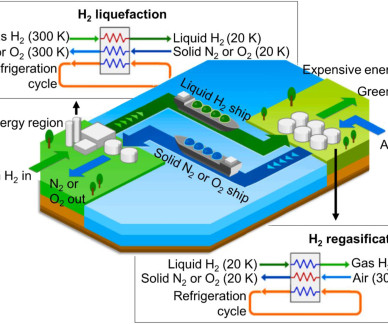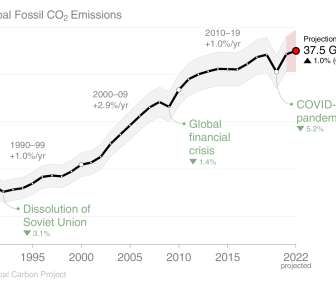IIASA study proposes solid air hydrogen liquefaction as efficient addition to hydrogen liquefaction supply chain
Green Car Congress
APRIL 30, 2023
A new approach developed by researchers from the International Institute for Applied Systems Analysis (IIASA) in Austria and international colleagues proposes using solid air (nitrogen or oxygen) as a medium for recycling cooling energy across the hydrogen liquefaction supply chain. —Julian Hunt Resources Hunt, J.,












Let's personalize your content